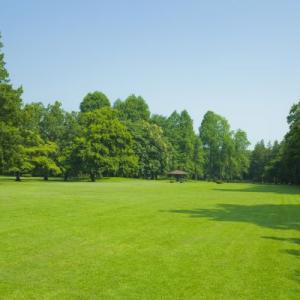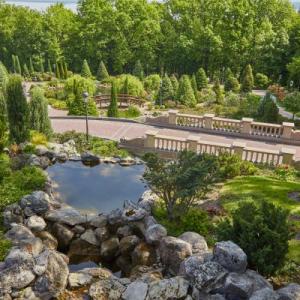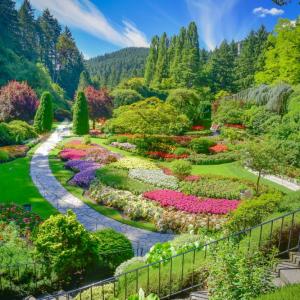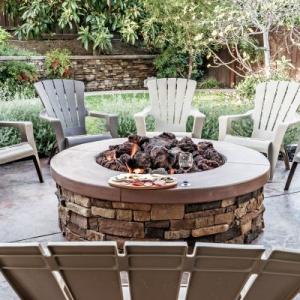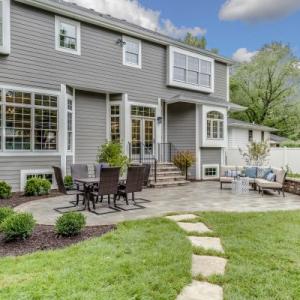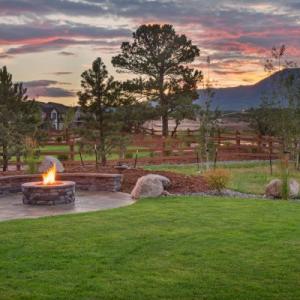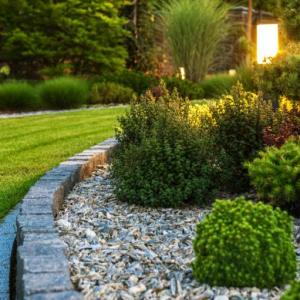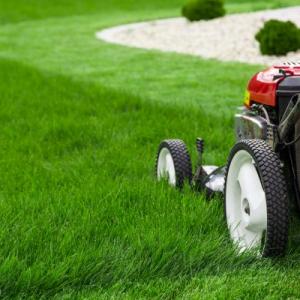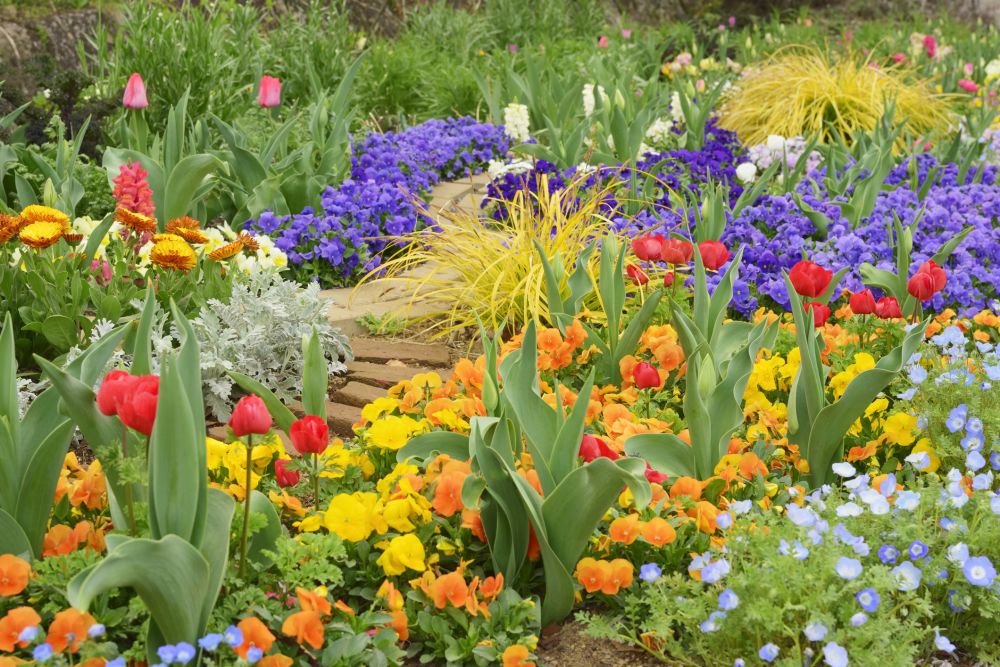
Garden Design: Daytona Beach
Garden Design in Daytona Beach
Get help with Garden Design in Daytona Beach. Fill out the form above and we will connect you with local Daytona Beach pros. Garden design offers a multitude of advantages for homeowners looking to transform their outdoor spaces. With professional expertise and creative vision, a garden design can enhance the aesthetic appeal of your property, creating a harmonious and inviting atmosphere. By strategically planning the layout and selection of plants, a well-designed garden can optimize functionality, making it easier to navigate and enjoy. Additionally, garden design can improve the overall value of your home, making it more attractive to potential buyers. Furthermore, a thoughtfully designed garden can provide a peaceful retreat, promoting relaxation and well-being. Whether you desire a vibrant and colorful garden or a serene and minimalist space, garden design can bring your vision to life, creating a personal sanctuary right in your own backyard.Garden Design FAQ
Q: What Are Some Key Factors To Consider When Designing A Garden?
Answer: Some key factors to consider when designing a garden include the available space, sunlight exposure, soil type, climate, desired plants and their maintenance requirements, water source and drainage, and the overall aesthetic goals.Q: How Can I Create A Functional And Aesthetically Pleasing Layout For My Garden?
Answer: To create a functional and aesthetically pleasing layout for your garden, consider the following steps: 1. Assess your space: Take note of the size, shape, and existing features of your garden. Consider factors like sunlight, soil quality, and drainage. 2. Define your goals: Determine the purpose of your garden. Are you looking for a space to relax, entertain, grow vegetables, or attract wildlife? This will help guide your design choices. 3. Plan your layout: Sketch out a rough design, considering elements like pathways, seating areas, focal points, and plant beds. Ensure that your layout is practical and allows for easy movement. 4. Choose suitable plants: Select plants that thrive in your climate and meet your aesthetic preferences. Consider factors like color, texture, height, and blooming seasons to create visual interest throughout the year. 5. Incorporate hardscaping elements: Integrate hardscape features like patios, decks, pergolas, or water features to add structure and functionality to your garden. Choose materials that complement your overall design. 6. Create zones: Divide your garden into different zones based on their purpose, such as a dining area, a play area, or a flower bed. This will help create a sense of organization and maximize the use of space. 7. Pay attention to details: Add finishing touches like lighting, decorative elements, and seating to enhance the overall ambiance and make your garden inviting. 8. Maintain and evolve: Regularly maintain your garden by watering, pruning, and weeding to keep it healthy and flourishing. As time goes on, be open to making adjustments and changes to your layout to suit your evolving needs and preferences.Q: What Are Some Popular Garden Design Styles And Themes?
Answer: Some popular garden design styles and themes include: 1. English Cottage Garden: A romantic and informal style with lush, colorful flowers and a mix of perennials and annuals. 2. Japanese Zen Garden: A minimalist and serene design featuring clean lines, gravel or sand, rocks, and carefully placed plants. 3. Mediterranean Garden: Inspired by the coastal regions of Southern Europe, it incorporates elements like terracotta pots, herbs, citrus trees, and vibrant colors. 4. Contemporary Garden: Characterized by sleek lines, minimalism, and a focus on architectural elements and modern materials. 5. Tropical Garden: Emphasizes lush foliage, vibrant colors, and exotic plants to create a tropical paradise-like atmosphere. 6. Formal Garden: Symmetrical and orderly, often featuring hedges, geometric shapes, and neatly trimmed plants. 7. Native Garden: Designed with local plants and wildlife in mind, promoting biodiversity and sustainability. 8. Cottage Garden: A charming and informal style with a mix of flowers, herbs, and vegetables, often with a rustic feel. 9. Desert Garden: Utilizes drought-tolerant plants, rocks, and sand to create a low-maintenance and water-efficient landscape. 10. Rooftop Garden: Designed to maximize limited space, often incorporating raised beds, containers, and vertical gardening techniques.Q: How Can I Incorporate Sustainable And Ecofriendly Elements Into My Garden Design?
Answer: To incorporate sustainable and eco-friendly elements into your garden design, consider the following: 1. Use native plants: Choose plants that are naturally found in your region, as they are adapted to the local climate and require less water, fertilizer, and pesticides. 2. Compost: Start a compost pile or bin to recycle kitchen scraps and garden waste. Compost enriches the soil, reduces the need for chemical fertilizers, and minimizes waste. 3. Water conservation: Install a rainwater harvesting system to collect rainwater for irrigation. Use drip irrigation or soaker hoses to minimize water waste, and group plants with similar water needs together. 4. Natural pest control: Encourage beneficial insects like ladybugs and bees by planting flowers that attract them. Use organic pest control methods such as companion planting, neem oil, or homemade remedies instead of chemical pesticides. 5. Recycled materials: Incorporate recycled materials into your garden design, such as reclaimed wood for raised beds, recycled plastic for garden furniture, or repurposed containers for planters. 6. Energy-efficient lighting: Opt for solar-powered lights or LED bulbs to illuminate your garden at night. These options are more energy-efficient and have a lower environmental impact. 7. Wildlife habitats: Create a welcoming environment for wildlife by adding bird feeders, birdhouses, and butterfly-friendly plants. This helps support local biodiversity and contributes to a healthy ecosystem. Remember, sustainable gardening is a continuous process, so strive to make small changes over time and educate yourself on eco-friendly practices.Garden design refers to the process of planning, arranging, and creating visually appealing and functional outdoor spaces. It involves the strategic placement of various elements such as plants, hardscapes, water features, and structures to create a harmonious and enjoyable environment. Garden designers consider factors like the existing landscape, climate, soil conditions, and the client's preferences to develop a customized design plan. The goal of garden design is to enhance the aesthetic appeal of the outdoor space while also optimizing its functionality and usability. By incorporating elements such as color schemes, textures, and focal points, garden designers create visually stunning landscapes that reflect the client's style and vision.

